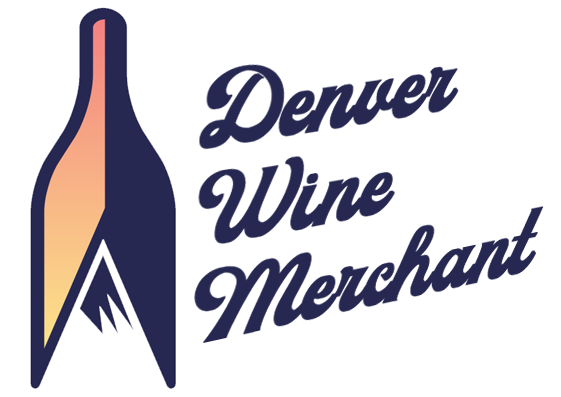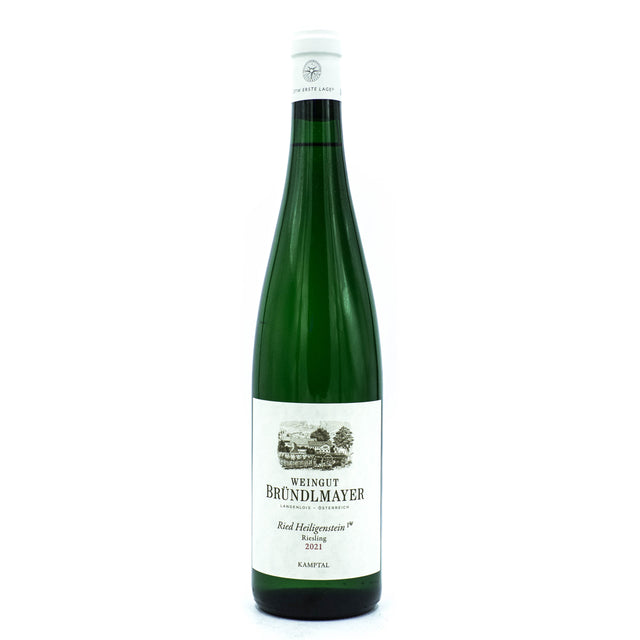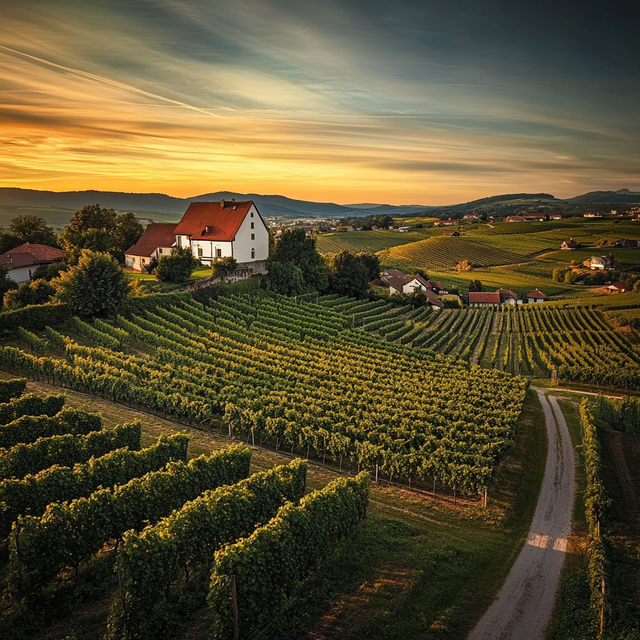Niederösterreich, or Lower Austria, is Austria's largest and most diverse Qualitätswein region. Encompassing eight distinct wine-growing areas from Wachau (a separate region on this website) in the west to Carnuntum in the east, Niederösterreich is best understood through its three main climate zones: the Weinviertel to the north, the Danube region and its valleys west of Vienna, and the Pannonian southeast. The Danube region, while including the separately-presented Wachau, also encompasses the renowned Kremstal, Kamptal, Traisental, and Wagram subregions, each celebrated for their expressions of Grüner Veltliner and Riesling, often grown on loess soils. Weinviertel, the largest subregion, is famed for its peppery Grüner Veltliner, marked by the Weinviertel DAC. In contrast, the Pannonian climate in the southeast yields outstanding red wines, particularly Zweigelt and Blaufränkisch, and regionally typical whites.
Austria - Niederosterreich
Riesling is a truly noble grape, known for its incredibly high acidity and a flavor profile that can range from bone dry to lusciously sweet. Germany is its heartland, and it's responsible for some of the world's most age-worthy examples, but Riesling also thrives in Austria, where it usually is dry. In Alsace, it takes on a slightly richer texture, while in parts of Australia, like the Clare and Eden Valleys, it displays a uniquely powerful and lime-tinged aromatic profile. This is a grape that has no problem showcasing its origins, and it's a fantastic example of how one variety can show many different expressions, each with its own unique appeal.




